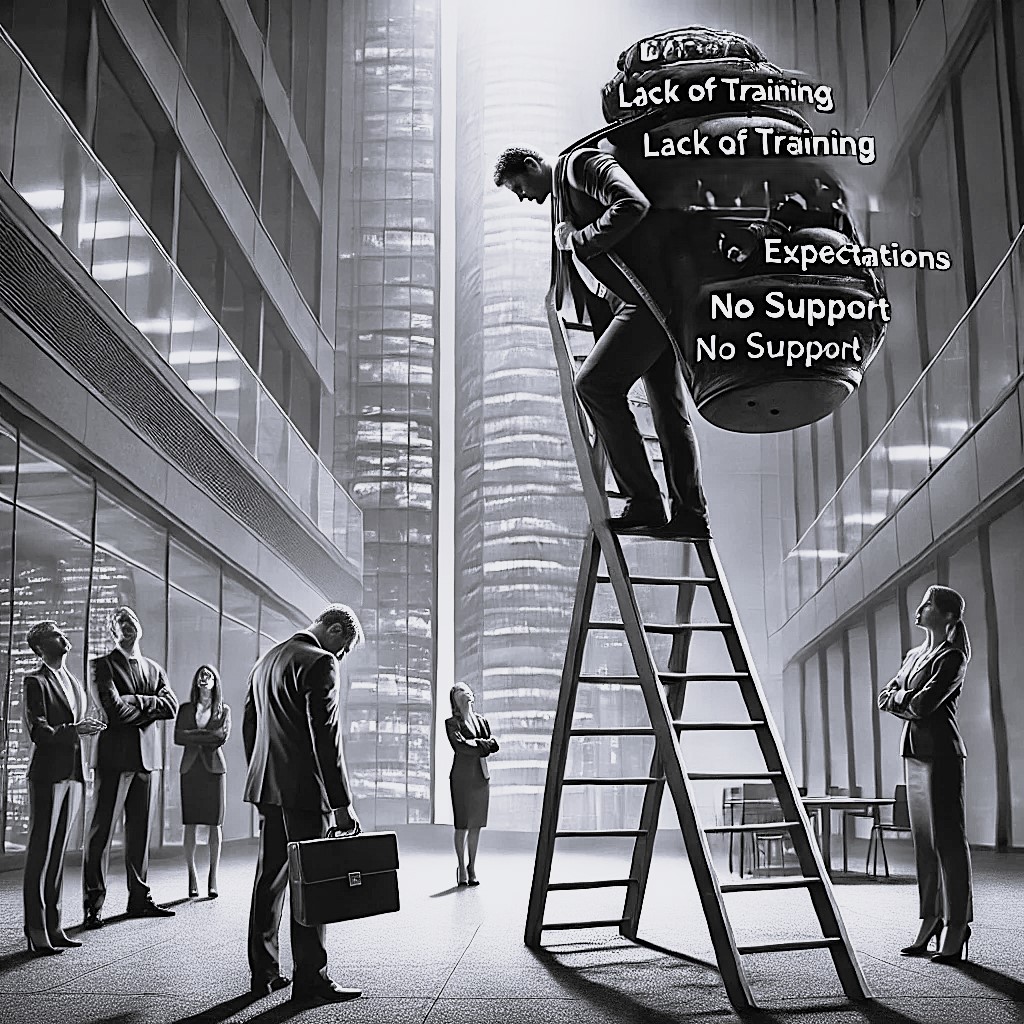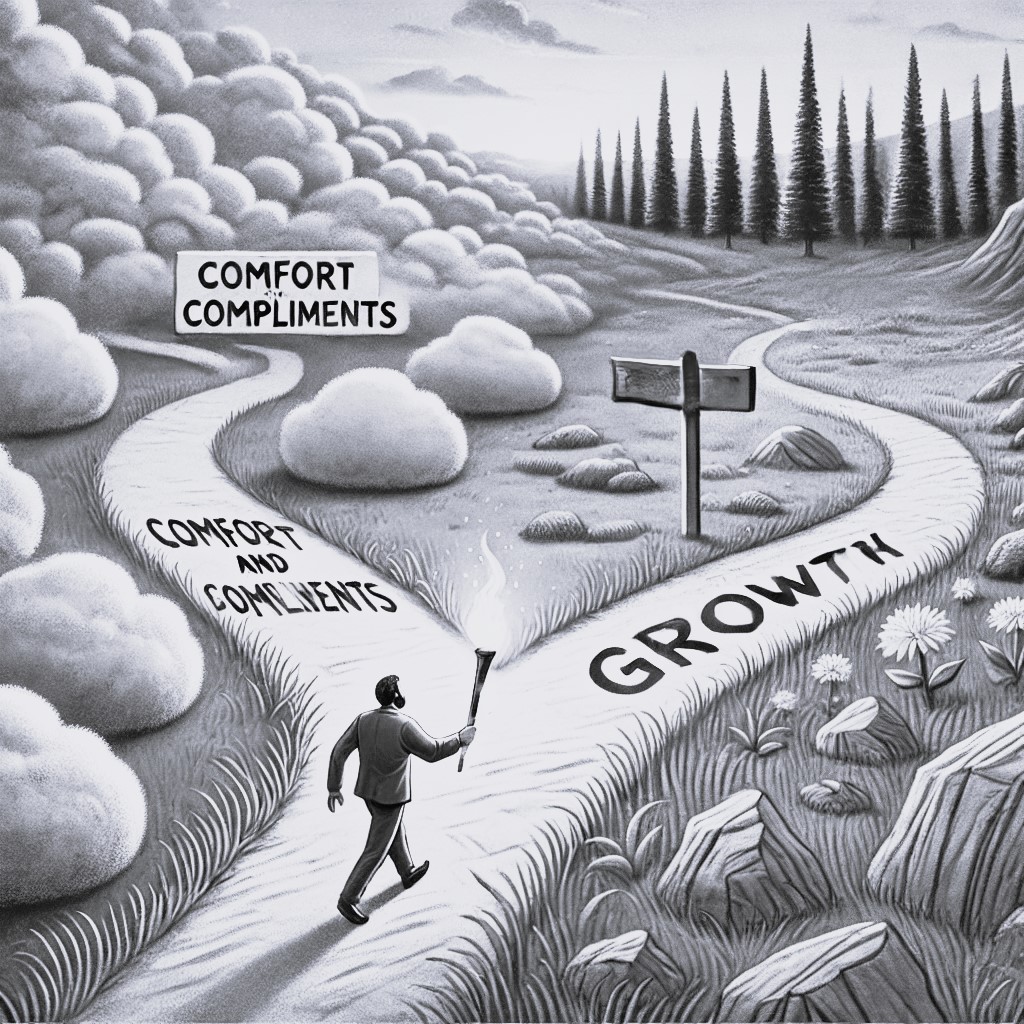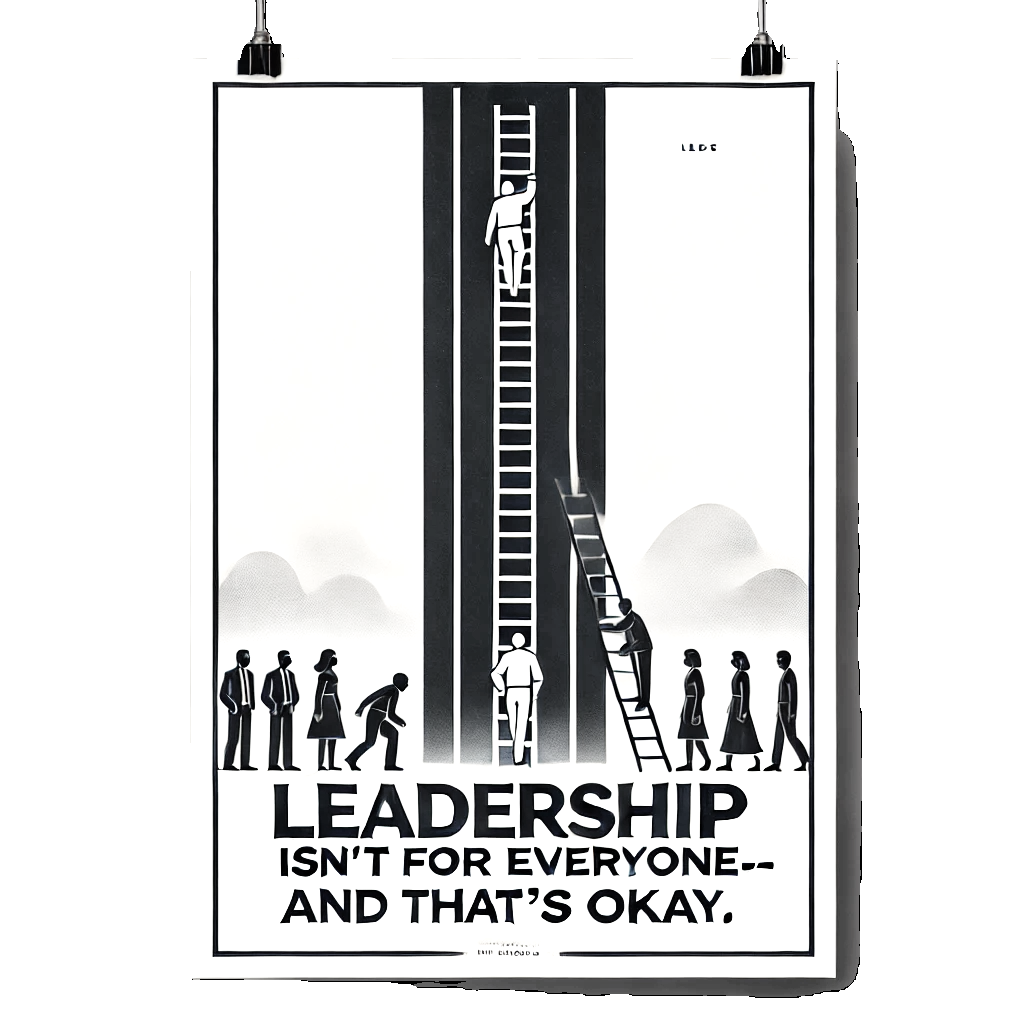Filtered Truths, Polished Reports: Why C-Suite Leaders Rarely Hear the Full Truth

Leadership at the highest level isn’t about making easy decisions—it’s about making the right ones. But here’s the uncomfortable truth: you’re only as effective as the information you receive.
And in the C-suite, that information is almost always filtered, softened, or incomplete.
Unreported issues never make it into official documents.
Operational breakdowns get buried under polished KPIs.
Employee frustrations disappear before they ever reach leadership.
Resilience Check: Do You Have What It Takes to Lead Under Pressure?

The leadership landscape has changed. The past few years have tested every executive’s ability to pivot, adapt, and lead through uncertainty. The most effective leaders aren’t the ones who had all the answers—they’re the ones who had the mental agility to pivot, the emotional intelligence to lead with empathy, and the resilience to keep going despite setbacks.
In an unpredictable world, resilience is no longer optional—it’s the defining trait of high-impact leaders.
The question is: Do you have what it takes to lead under pressure?
Leading the New Workforce: Thriving in an Era of Job Hopping Over Longevity

For decades, corporate leadership operated on a simple formula: hire great people, keep them for 30 years, and reward their loyalty with a pension and a plaque. Employees showed up, did their jobs, and retired in the same role they started in.
That world is gone.
This isn’t a “Millennial job-hopping problem.” It’s a fundamental shift in how work is valued. Employees today don’t stay out of obligation—they stay if they see opportunity, purpose, and growth. And if they don’t, they leave.
From One of Them to Leading Them: Navigating Promotion from Within

One day, you’re part of the team—sharing inside jokes, venting about management, and bonding over coffee breaks. The next, you’re the boss. And suddenly, everything changes. The once-easy camaraderie turns into something… complicated.
This isn’t just any promotion—it’s a promotion from within your own team. This transition is one of the hardest shifts a leader can make. It’s uncomfortable, often isolating, and filled with unspoken tension. And yet, hardly anyone talks about just how difficult it really is.
Set Up to Succeed or Set Up to Fail : Shaping Your Middle Managers’ Fate

When middle managers struggle, it’s easy to point fingers. They’re not proactive enough. They don’t take ownership. They’re not real leaders.
But before you call them out, ask yourself: Did I truly set them up to succeed?
If you can clearly list how—great! But if your answer is vague or nonexistent, their failure isn’t just on them—it’s on you.
The Feedback You Fear Is the Growth You Need

What if the greatest obstacle to your growth as a leader isn’t your strategy, resources, or team, but your resistance to the feedback you don’t want to hear?
We all appreciate a pat on the back. Positive feedback feels good—it validates our decisions and reinforces our confidence. But let’s be honest: when was the last time a compliment truly challenged you to grow? Growth doesn’t come from applause. It comes from critique. It’s the feedback that stings—the honest, unvarnished truths—that hold the potential to elevate your leadership.
Yet, many leaders shy away from criticism, dismiss hard truths, or surround themselves with agreeable voices. When leaders only seek praise, they inadvertently send a damaging message: “Don’t tell me the truth; tell me what I want to hear.”
Embracing Your Place in the Workforce Hierarchy

Society loves a good dream: “Work hard, hustle, and you’ll reach the top!” But here’s the raw, unfiltered truth: not everyone is meant to be a leader. Leadership isn’t about titles or power—it’s about grit, responsibility, and vision. And let’s be honest: most people either don’t have it or don’t want it.
And that’s okay. The workplace doesn’t need everyone fighting to be at the top. It needs people who understand their unique value. The workplace is both an ecosystem and a pyramid—two systems that explain why every role matters and why the peak must remain small.
Why Negative People Gain Followers: The Unspoken Truth About Consistency and Influence

Consistency is a magnetic force. It has the power to draw people in, creating a sense of stability and trust even when the consistent behavior is negative or divisive. Negativity, when displayed with consistency, can captivate and retain followers. In a world where people are constantly searching for something or someone to believe in, consistent behavior—even when not beneficial or “correct”—often holds more sway than the actual truth.
Leadership’s Greatest Blind Spot: Ignoring Red Flags

Leadership isn’t just about bold decisions and celebrating wins. The real test? Facing the moments that don’t make the highlight reel—the times when all the signs were there, and you chose to look the other way.
Here’s the uncomfortable truth: most leadership failures aren’t the result of bad luck or external forces. They happen because warning signs were ignored. You saw them. You just didn’t act.
We’ve all been there: the top performer who starts slipping, the project that consistently misses deadlines, or that gut feeling a strategy isn’t working despite what the numbers say. These red flags don’t just pop up overnight. They start small—a missed meeting here, unspoken tension there. But the question remains: Why do leaders often ignore them?
Because facing them means confronting an uncomfortable truth: something’s wrong, and it’s happening on your watch.
The Unspoken Truths of Trust: Distinguishing Workplace Trust from Personal Trust

Trust is a cornerstone of all relationships, but as a leader, recognizing the stark difference between personal and professional trust is critical. Blurring the lines can lead to frustration, disappointment, and perceived betrayal—a costly error that many fall prey to. Let’s explore the unspoken truths about the distinct nature of trust at home and in the workplace.